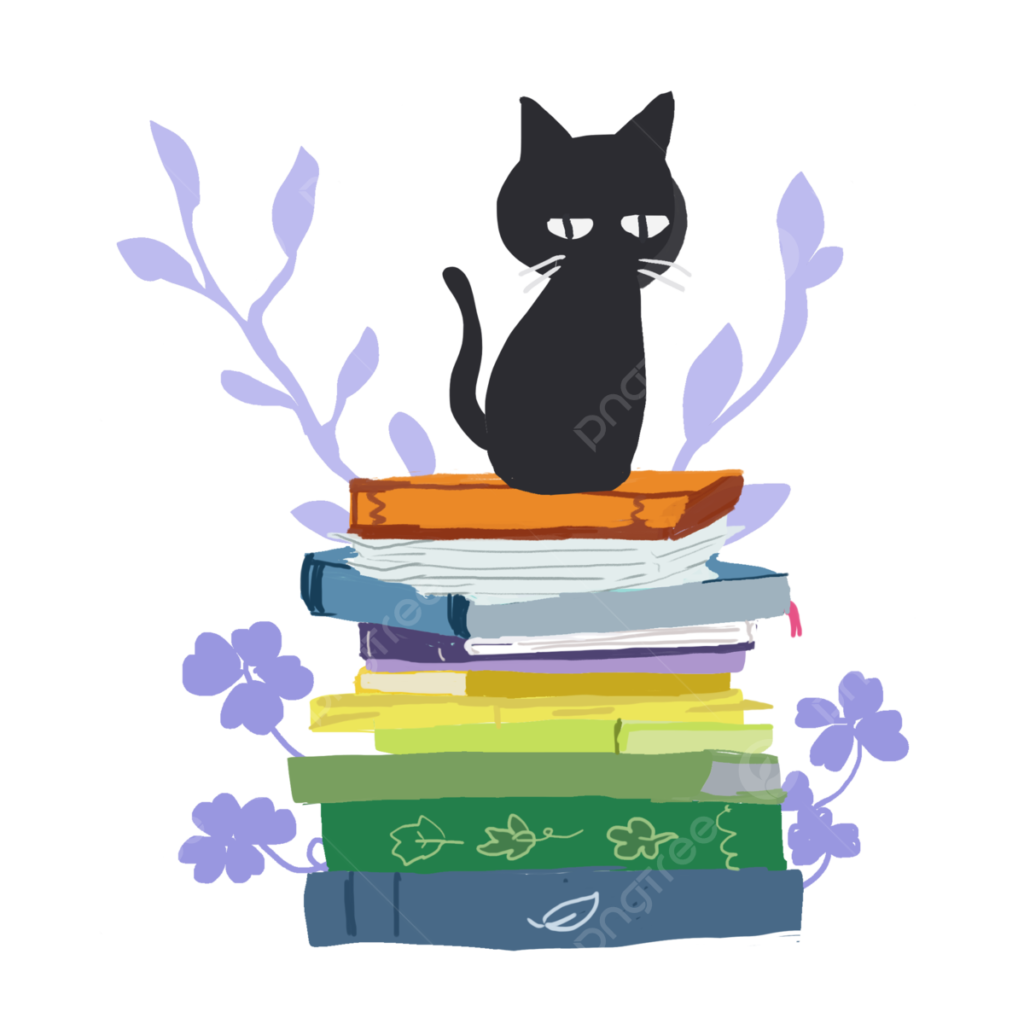Introduction to Literary Analysis
An “Introduction to Literary Analysis” is a foundational component of literature courses at the university level. It serves as a crucial starting point for students to develop the skills and critical thinking necessary for understanding and interpreting literary texts. Here’s an expanded explanation of what an introduction to literary analysis entails:
The introductory phase of literary analysis begins by defining what literary analysis is. It’s explained as the process of examining a literary work (such as a novel, poem, play, or short story) to understand its structure, themes, characters, symbols, and other elements. Students learn that literary analysis goes beyond summarizing the plot; it involves a deeper exploration of the text’s meanings and implications.
Students are introduced to the fundamental elements of fiction, which are the building blocks of literary analysis. These elements include:
- Plot: The sequence of events in the story.
- Characterization: The development of characters in the narrative.
- Setting: The time and place in which the story occurs.
- Point of View: The perspective from which the story is told.
- Theme: The central ideas or messages conveyed by the text.
- Symbolism: The use of symbols to represent abstract concepts.
- Tone and Mood: The emotional atmosphere created by the author’s words.
An introduction to literary devices and techniques used by authors to convey their ideas and enhance the text’s impact. Common literary devices include metaphor, simile, foreshadowing, alliteration, irony, and more. Students learn how to identify and analyze these devices within a text
Emphasis is placed on the importance of providing textual evidence to support analytical claims. Students are taught to quote directly from the text and analyze those quotations to substantiate their interpretations. This is a fundamental skill in literary analysis, ensuring that interpretations are grounded in the text itself.
Literary analysis involves making informed interpretations and inferences based on the text’s content. Students learn how to move beyond the surface level of the text to uncover deeper meanings, explore subtext, and consider the author’s intentions.
Developing critical thinking skills is a core objective. Students are encouraged to question assumptions, challenge their own perspectives, and engage in discussions that involve multiple interpretations of a text. Critical thinking helps students see literature as a dynamic field open to diverse viewpoints.
An essential aspect of an introduction to literary analysis is instruction on how to write about literature effectively. This includes crafting clear and concise thesis statements, organizing essays logically, and developing coherent arguments. Students also learn about the importance of structuring essays with introductions, body paragraphs, and conclusions.
Literary analysis is a skill that improves with practice. Students are typically assigned various literary works to read and analyze, and they receive feedback from instructors and peers on their analyses. This feedback helps refine their analytical skills and writing.
Engaging in class discussions and debates about literary interpretations is a vital part of the learning process. It allows students to explore different viewpoints, defend their own interpretations, and refine their analytical skills through dialogue.
An introduction to literary analysis often encourages students to explore a variety of literary genres and styles, from classic literature to contemporary works, as well as literature from diverse cultures and backgrounds.

Ultimately, an introduction to literary analysis equips students with the tools to engage critically with literature, fostering a deeper appreciation of the art form and the ability to communicate their insights effectively. This foundational knowledge serves as a springboard for more advanced and specialized studies in literature at the university level.
